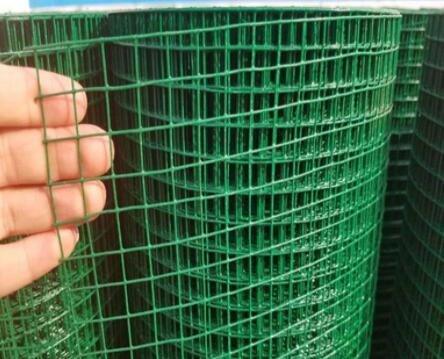Nails for Concrete Forms Choosing the Right Fasteners for Your Project
When it comes to constructing concrete forms, the choice of fasteners—or nails—is a critical aspect that often goes unnoticed until problems arise. Properly securing your concrete forms is essential for achieving structural integrity and ensuring the desired finish of your project. In this article, we will explore the various types of nails suitable for concrete forms, their features, and best practices for usage.
Understanding Concrete Forms
Concrete forms act as temporary molds that hold wet concrete in place while it sets and cures. These forms can be made from various materials, including wood, metal, and plastic. The type of fastener you choose for your concrete forms will depend largely on the material of the forms, the environment in which you are working, and the weight of the concrete being poured.
Types of Nails for Concrete Forms
1. Common Nails Common nails are the most frequently used type of fastener in wood forms. They are typically made from steel and available in various lengths and gauges. Common nails are sturdy enough to hold the weight of concrete temporarily. However, they may not be the best choice for high-stress applications due to their lower resistance to bending.
2. Db nails Double-headed nails, often referred to as “Db nails,” are a favorite among contractors working with concrete forms. Their unique design features two heads, which allows for easy removal after the concrete has cured. This is particularly beneficial when working with temporary forms, as it minimizes damage to the wood structure.
3. Galvanized Nails When working in environments prone to moisture, such as outdoor construction sites, using galvanized nails is advisable. Galvanized nails are coated with a layer of zinc, which effectively prevents rust and extends their longevity, thus ensuring your forms will remain secure throughout the entire curing process.
4. Concrete Nails Concrete nails are specifically designed for fastening into concrete surfaces. They typically feature heavy-duty steel construction with a hardened tip that allows for better penetration into concrete. While not commonly used for forming, they can be beneficial when securing forms against a concrete backdrop.
nails for concrete forms

5. Spiral or Ring Shank Nails Spiral or ring shank nails are excellent for applications that require higher withdrawal resistance. The unique spiral or ring design on the nail shaft helps create a stronger grip within the wood, making them ideal for securing forms that will hold heavy concrete.
Best Practices for Using Nails in Concrete Forms
- Choose the Right Length Selection of nail length is crucial to ensure adequate penetration into the form material. A general rule of thumb is to use nails that are at least three times the thickness of the material being fastened.
- Spacing Matters Proper spacing of nails can help prevent the form from bowing or shifting during the pour. Typically, nails should be spaced 12 to 16 inches apart along the edges of the forms.
- Pre-drilling When Necessary In some cases, particularly with harder wood or when using thicker nails, it can be beneficial to pre-drill pilot holes to prevent splitting.
- Consider the Load Always take into account the amount of concrete being poured and the weight it will exert on the forms. In high-load situations, opt for stronger nails or additional bracing.
Conclusion
Selecting the right nails for your concrete forms can significantly influence the success of your concrete project. By understanding the different types of nails available and adhering to best practices for installation, you can ensure your forms are secured properly, helping to achieve a clean and durable finish. Whether you are a seasoned contractor or a DIY enthusiast, understanding the nuances of fastening techniques can lead to better results and a smoother construction experience. Remember, the details make the difference in construction, and choosing the right fasteners is a small yet vital element to your project's success.

















